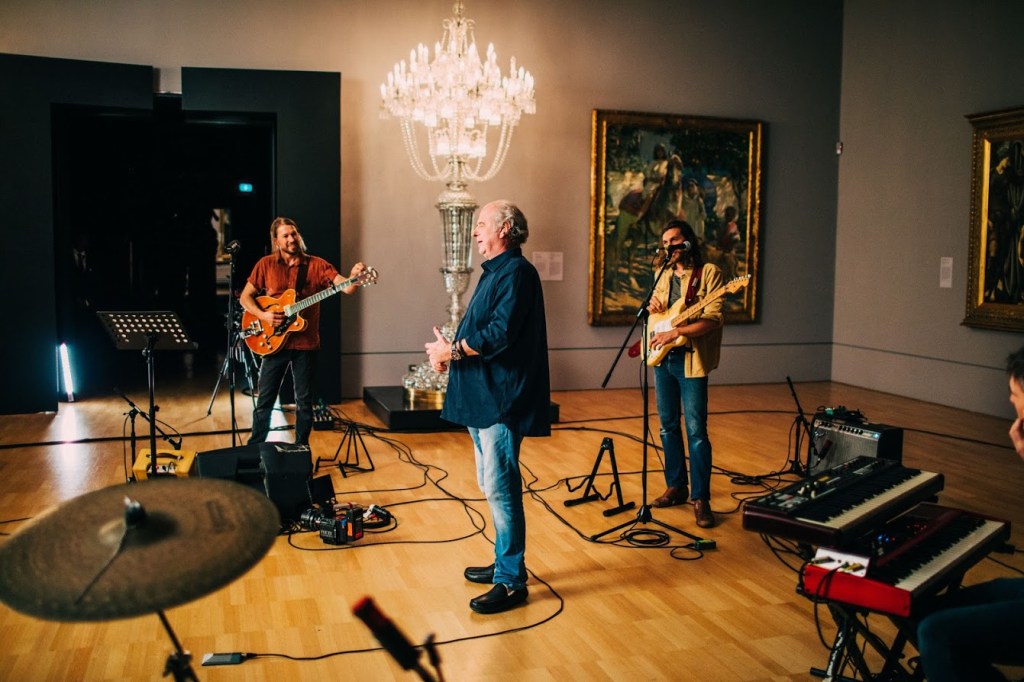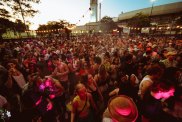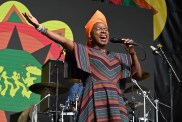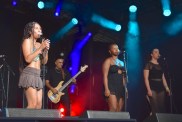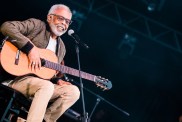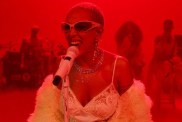In late April, more than a million Australians tuned into the nationally televised music special, Music From the Home Front. Put together by Michael Gudinski and the Mushroom Group, the event’s popularity signalled Australians are desperate to see quality live music on their screens.
And so, just one week later The State of Music was born. The six-part, live-streamed concert series was…
